A product’s added value depends on context: the use case, alternative products known and available to the user, current method for performing the job-to-be-done, and user’s personal preferences and tastes.
By getting additional information about the user, product teams can tailor activation for a better fit. The result is a stronger activation process with improved outcomes.
In this material, we will discuss where you can get additional data about the user and how you can use this for improving the activation flow.
→ Test your product management and data skills with this free Growth Skills Assessment Test.
→ Learn data-driven product management in Simulator by GoPractice.
→ Learn growth and realize the maximum potential of your product in Product Growth Simulator.
→ Learn to apply generative AI to create products and automate processes in Generative AI for Product Managers – Mini Simulator.
→ Learn AI/ML through practice by completing four projects around the most common AI problems in AI/ML Simulator for Product Managers.
All posts from the series
01. When user activation matters and you should focus on it.
02. User activation is one of the key levers for product growth.
03. The dos and don’ts of measuring activation.
04. How “aha moment” and the path to it change depending on the use case.
05. How to find “aha moment”: a qualitative plus quantitative approach.
06. How to determine the conditions necessary for the “aha moment”.
07. Time to value: an important lever for user activation growth.
08. How time to value and product complexity shape user activation.
09. Product-level building blocks for designing activation.
10. When and why to add people to the user activation process.
11. Session analysis: an important tool for designing activation.
12. CJM: from first encounter to the “aha moment”.
13. Designing activation in reverse: value first, acquisition channels last.
14. User activation starts long before sign-up.
15. Value windows: finding when users are ready to benefit from your product.
16. Why objective vs. perceived product value matters for activation.
17. Testing user activation fit for diverse use cases.
18. When to invest in optimizing user onboarding and activation.
19. Optimize user activation by reducing friction and strengthening motivation.
20. Reducing friction, strengthening user motivation: onboarding scenarios and solutions.
21. How to improve user activation by obtaining and leveraging additional user data.
Sources of additional data about the user
Below we’ve listed some of the possible ways for obtaining additional data about users. Afterward, we will suggest how to apply the data to improve activation.
Reminder: Rules are different in every jurisdiction. When obtaining data, make sure that you follow all local laws and regulations!
User answers to in-product questions and surveys
Try asking questions like:
- What is your goal with this product?
- Which of the following topics interests you most?
- Which users do you want to follow?
Data from in-product actions
- User interaction with TikTok videos gives information that the algorithm needs for learning and fine-tuning recommendations.
- Adding a product to a cart, or buying it, sends a signal to the marketplace about what the user is currently interested in.
- Adding a card as a payment method allows identifying the user’s bank.
- Terms from user searches can tell you what the user is trying to do (Similarweb, for example, can infer use cases based on the sites searched for by the user).
Data from third-party integrations
- You can get additional data about the user when they sign in through Google, Apple, or LinkedIn.
- Chat apps ask for access to the user’s contacts and use their mobile phone number in order to generate the user’s social graph.
- Often you can get useful information when the user integrates with accounts on third-party services (such as CRM platforms or Google Drive).
Data from the user’s device
Here are some things you can do with this information:
- Learn about other apps from your company that are installed on the user’s device.
- Determine the user’s country, city, and device type.
- Get the user’s contact list.
Third-party services
Third-party services can be a good source of data about your current (or potential) users. They include:
- Services providing information about companies (size, industry, revenue) for any domain name that you enter. Example: Crunchbase.
- Services that look up a user’s credit rating by their phone number or other information.
- Services detailing the SDKs used in an app. Example: Appfigures.
- Services providing information about audience size. Similarweb estimates the number of visits to a site. Sensor Tower, Data.ai, and AppMagic estimate app downloads and revenue.
Traffic source
- Which landing page the user signed up from.
- Which acquisition channel and which campaign (or specific ad) brought in the user.
- Which materials (white papers, banners, articles) the user interacted with prior to sign-up.
- Which ad campaign, and for which product or subproduct, brought the user to the product.
How to use additional data for improving activation
So far we have been discussing methods to get more data about users.
Let’s look now at how to actually use all that information to improve activation.
Identifying the user’s job-to-be-done more precisely
We’ve already discussed how the use case determines the “aha moment” and optimal activation path. By identifying the use case as precisely as possible, you can subsequently reduce time to value.
Here are examples of how additional data can help with this.
Adding a step to explicitly ask about the intended use case and adjusting the activation flow accordingly
Similarweb, for example, asks the user to indicate their intended use case. The company’s approach to activation will vary based on that use case: for some users, activation will be completely automated on the product level; for others, sales staff will reach out to learn about the user’s needs and goals.
During onboarding for website builder Wix, users specify what they want to get out of the product. Wix then structures the user’s site based on those stated goals.
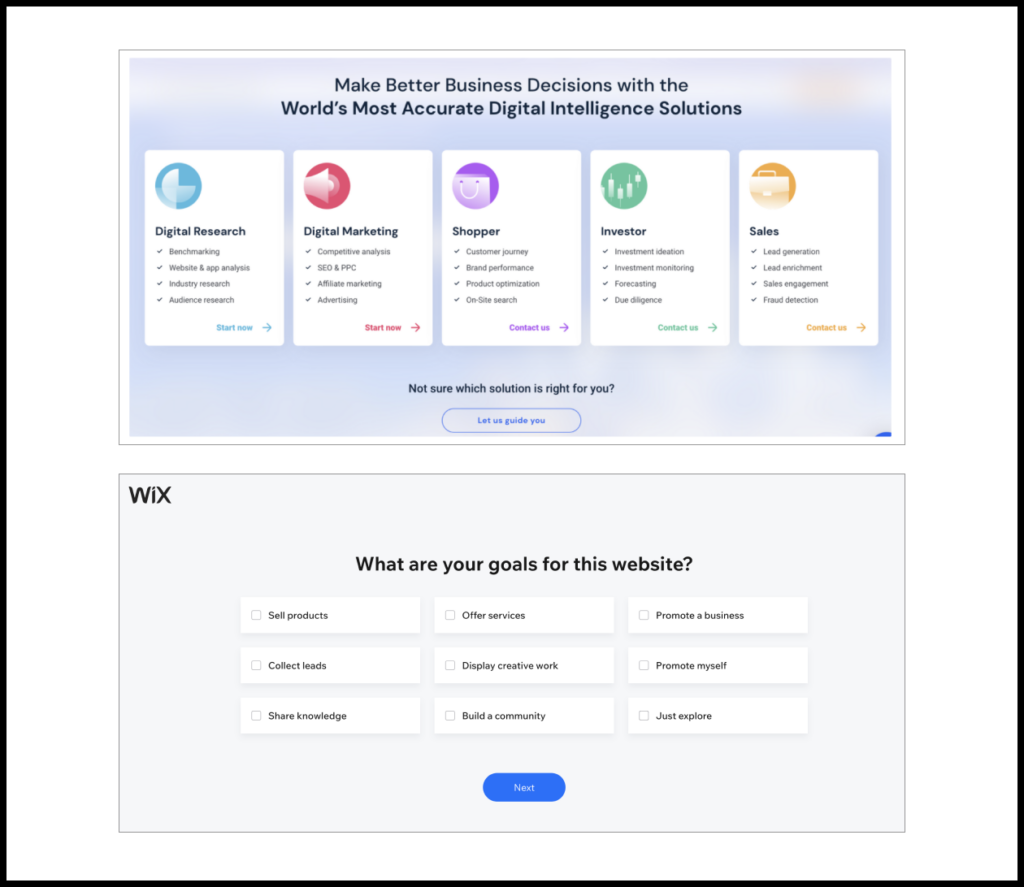
Adding a step to ask about user interests
Pinterest, TikTok, and other social networks ask the user to indicate their interests in order to make more relevant content recommendations in their feed.
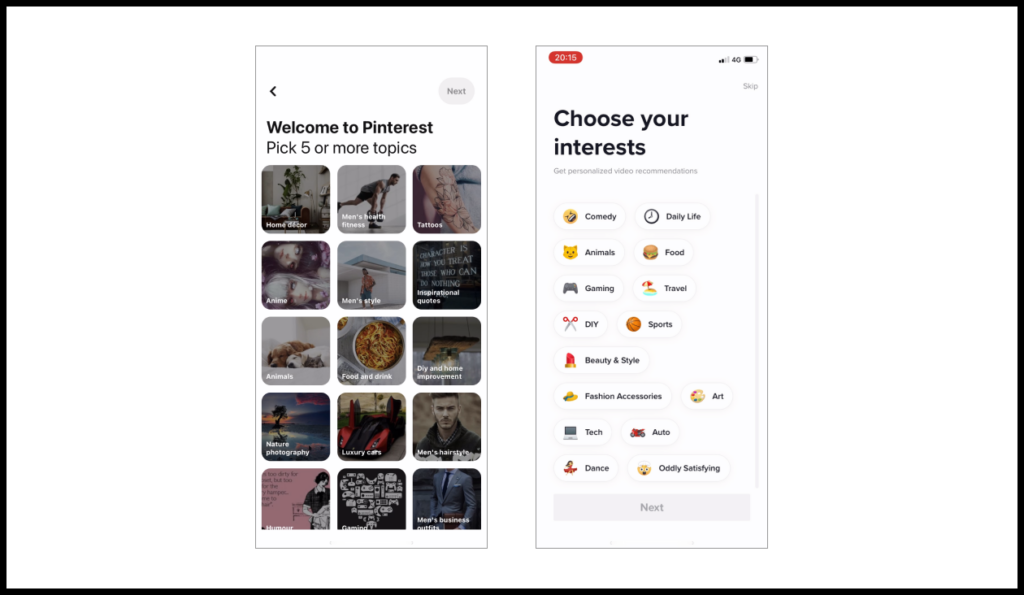
Inferring gender and age from device data
We know of a case when a marketplace’s team figured out how to use data about the user’s other installed apps in order to better predict gender and age. When entering this information themselves, users did not always provide accurate answers. This ability solved the “cold start” problem and helped to show more relevant products.
Getting data about client size
Many B2B services ask straight out about the company’s size, or else use third-party services to get this information. Different activation methods will be used, depending on the size of the company: smaller companies will be directed to a self-serve scenario, medium-sized ones will be followed up by a Customer Success Manager, and the largest will be assigned a dedicated person or entire team.
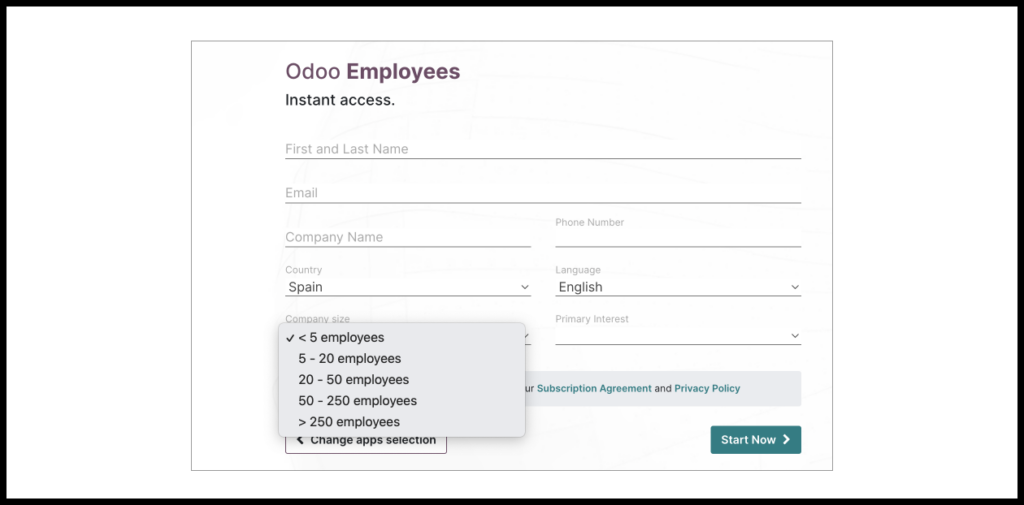
Restricting sign-up from ordinary email addresses
Some B2B services don’t let users sign up from personal email addresses. They require an email account hosted on a corporate domain. Partly this acts as a filter to keep out non-B2B clients, but it also gives an opportunity to pre-research new leads.
Taking traffic source into account
Another way to target a specific use case involves the source of user traffic. For example, you could vary the activation flow depending on which landing page or ad campaign brought in the user. Below is an example of custom landing pages as implemented by Zapier.

Reducing friction at specific steps of the activation flow
We’ve previously noted how it’s important to reduce friction at each step of activation. Here we use this approach for locally optimizing (shortening) time to value.
Below are ways for using additional data to help achieve this.
Sign-in via third-party services
User sign-in via Google, LinkedIn, or other popular services often gives you immediate access to some of the user data that you need. This also makes it easier for the user to log in later (without having to enter a separate username and password), while reducing the chances that the user will forget their password later.
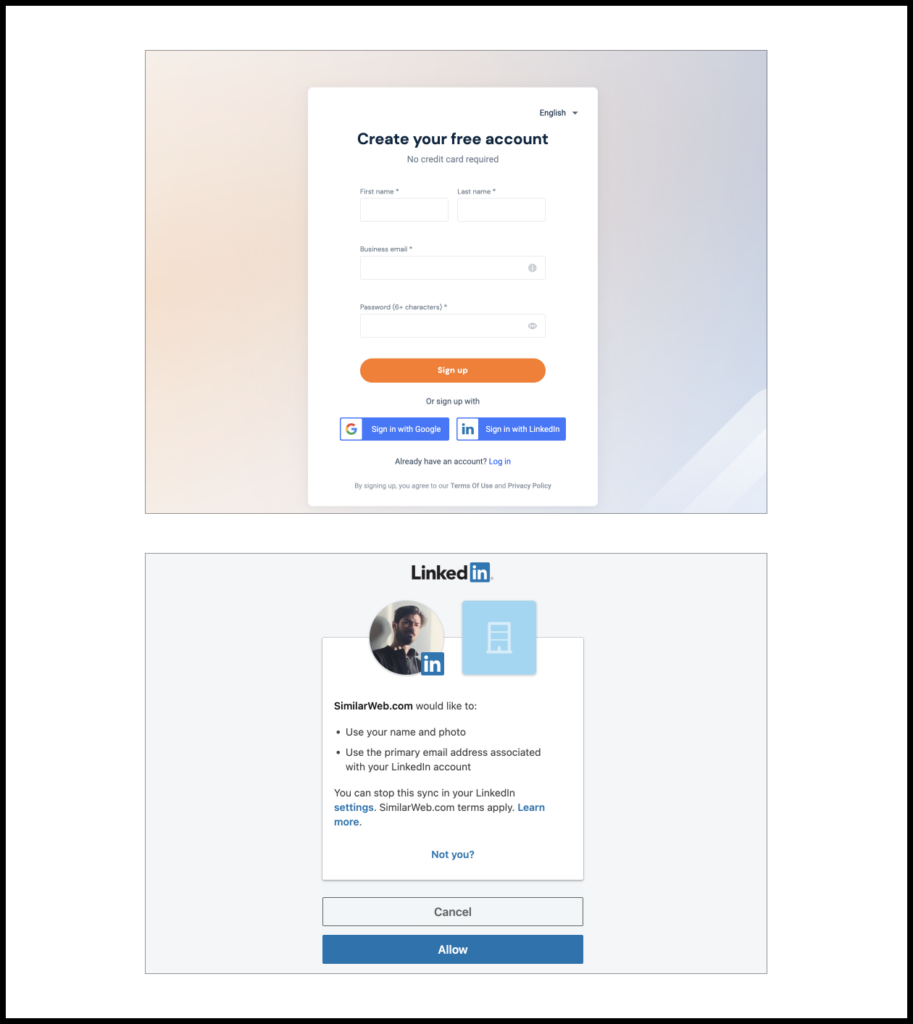
Reuse of old data or account reactivation
If your company is large, you will frequently encounter situations when the user has already signed up for one of your products before. Maybe even the same product, but the user has since forgotten. Maybe they’ve created an account for one of the other products in your ecosystem.
You have two choices: look for a way to reuse the old data or help them reactivate the old account, in order to make less work for the user.
Additional data from third parties
Sometimes you can get away with requesting less data from users by offloading this task to third-party services. In some countries, for example, users only need to provide their license plate number when applying for car insurance. Third-party services provide the insurer with all the necessary information about the vehicle (make, model, VIN) and its owner.
Open Banking protocol for fintech
Fintech services can use the Open Banking protocol to obtain additional information about a potential client.
Access to contact lists
Chat apps find people you know with the help of contact lists on your phone and those of your friends. This is a major reduction in friction on the path to value compared to software like Skype, where you had to ask for your friend’s Skype name before contacting them.
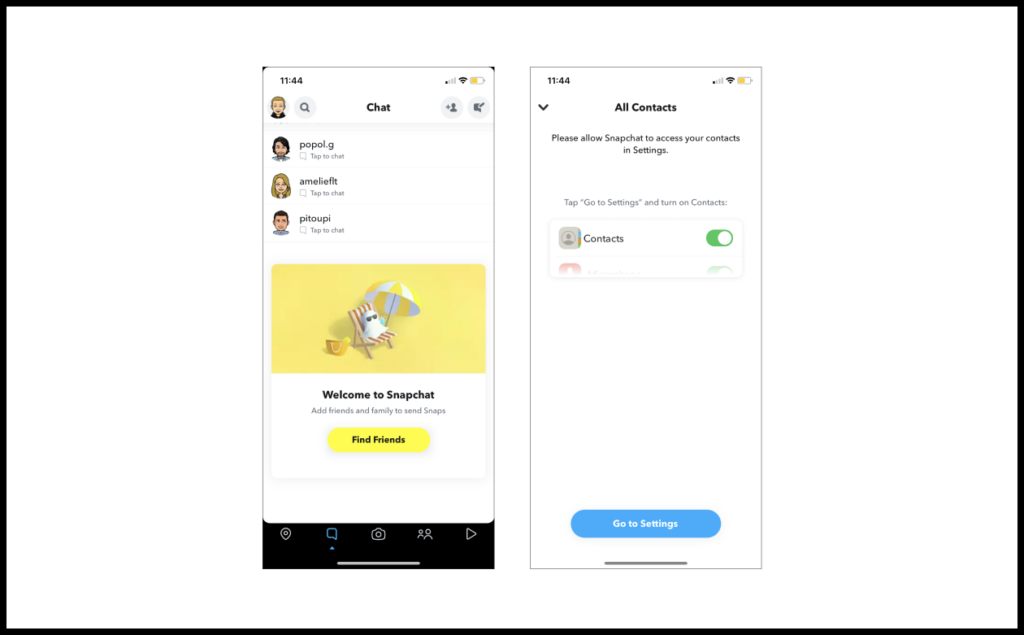
Strengthening motivation with the help of additional data
When learning a new product, it’s important to feel that the product is right for solving your job-to-be-done in that particular situation. This increases the motivation to keep going and invest effort into mastering the product.
Let’s consider ways you can promote user motivation with the help of additional data.
Communicate value and benefits based on the user’s current alternative
- A bank might communicate different benefits to the client depending on which service they’re switching from. How can the bank tell which service that is? This might be possible based on the card used to make the initial deposit or by running the user’s phone number through third-party services.
- A provider of mobile app analytics can communicate product value in different ways depending on which SDKs are used in the app of a potential client.
Highlight case studies, testimonials, and other social proof that are most relevant to the company or user
- You can suggest templates or case studies of successful clients based on similar industry, size, use case, and personal role and job title.
- Information about the client can also help to shape sales calls, based on the client’s needs and goals. By knowing the site materials or advertising campaign that “touched” the user prior to sign-up, the sales team can structure the conversation accordingly.
Using data to optimize user activation
Shortening time to value, strengthening motivation, and reducing friction are three key levers for making product activation more effective.
Additional user data offers a mechanism for getting the full potential out of these levers. In this article, we have described possible sources for obtaining this data as well as methods for using it to deliver product value more effectively.






